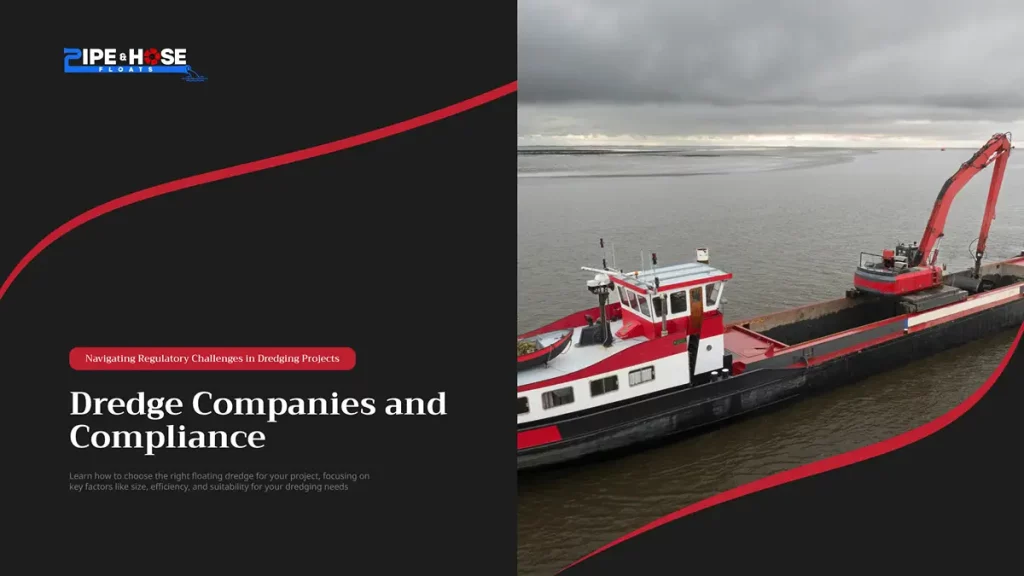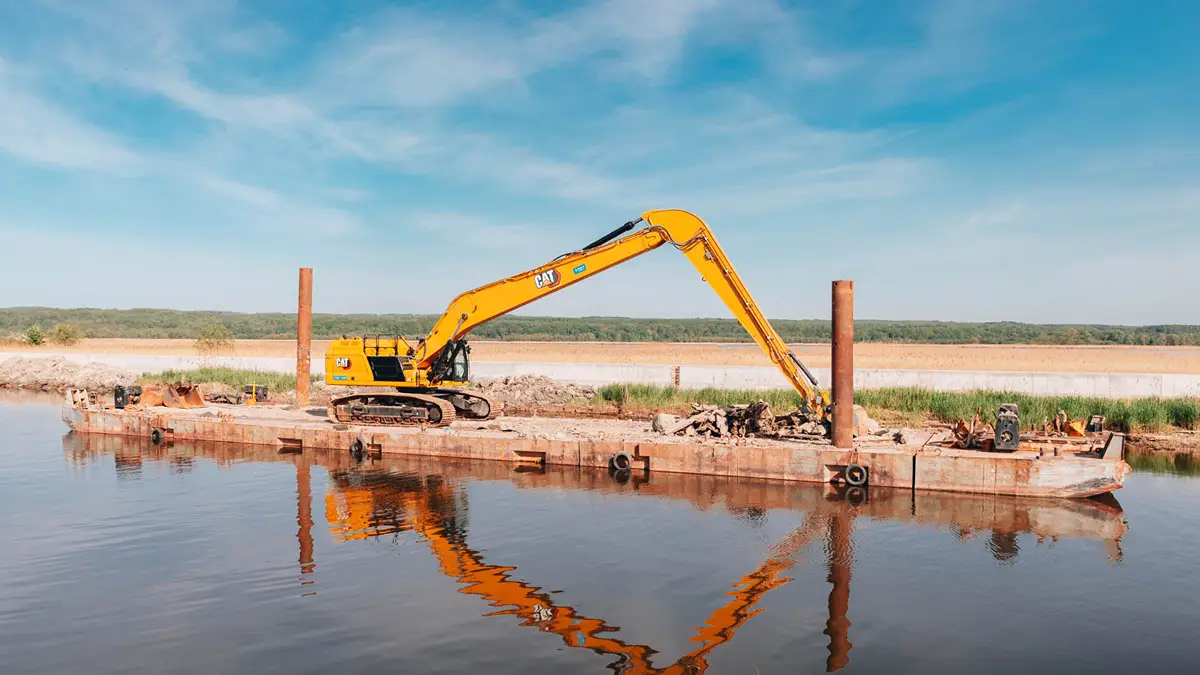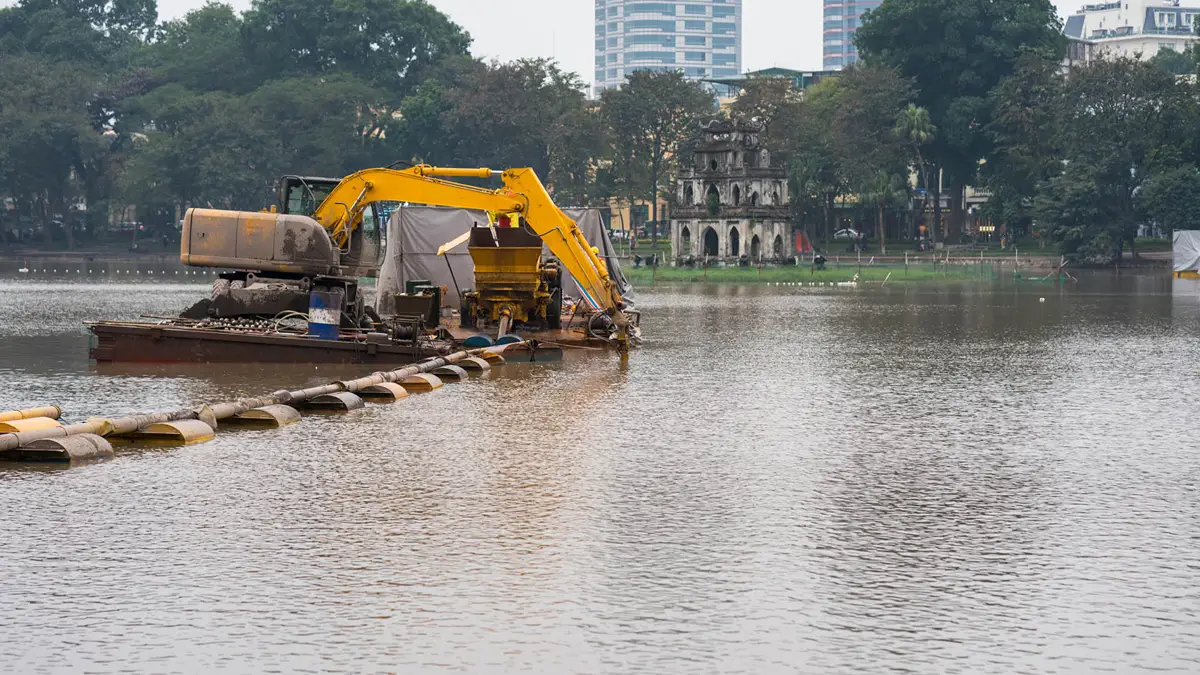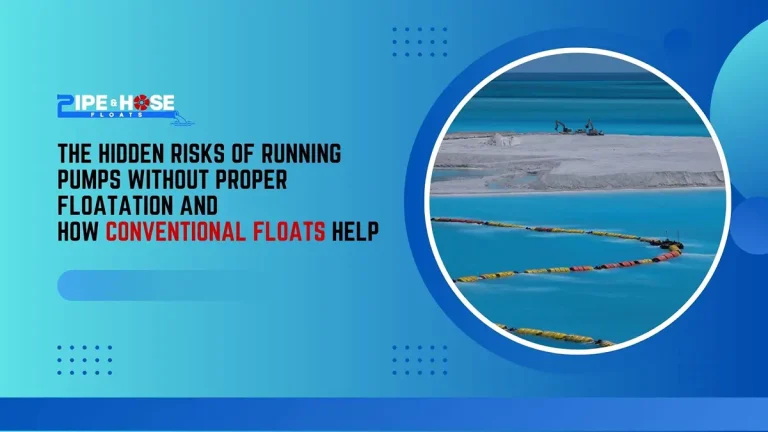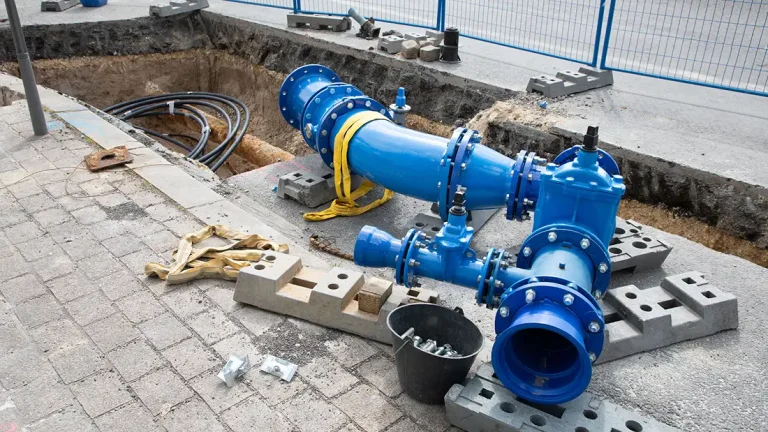Introduction
Dredging is a vital process for maintaining the health and functionality of waterways, ports, harbors, and various other aquatic environments. Dredge companies play a crucial role in clearing sediment, expanding shipping channels, and carrying out environmental remediation efforts. The importance of these companies in such projects cannot be overstated. However, due to the complexity of dredging operations, dredge companies face numerous regulatory challenges that require careful navigation to ensure full compliance. This article delves into the regulatory hurdles dredge companies must overcome, offers guidance on selecting the right floating dredge for your specific needs, and provides tips on evaluating local dredging contractors to ensure the best outcome for your project.
1. Understanding the Role of Dredge Companies in Projects
Dredging is a highly specialized process that involves the removal of sediment and debris from the bottom of water bodies like rivers, lakes, and harbors. Dredge companies are responsible for providing the expertise, equipment, and labor necessary to carry out these operations. The scope of work for dredge companies varies depending on the type of dredging project, whether it’s for construction, environmental protection, or regular maintenance.
Types of Dredging Services Provided by Dredge Companies:
- Excavation Dredging: This involves removing materials like sand, gravel, or silt to deepen or widen waterways. Excavation dredging is often needed in the construction of canals, harbors, and other maritime infrastructure.
- Maintenance Dredging: Over time, waterways and ports accumulate sediments, which can reduce the depth of the water and hinder boat traffic. Maintenance dredging ensures these areas remain navigable.
- Environmental Dredging: This type of dredging aims to remove contaminated sediments, such as toxic chemicals or pollutants, from the waterbed. Environmental dredging is critical for restoring aquatic ecosystems and improving water quality.
Selecting the right dredge company for your project involves assessing their ability to handle specific tasks, their experience with similar projects, and their compliance with safety and environmental standards. The right dredging company will help navigate the technicalities and ensure the project runs smoothly and efficiently.
2. Navigating Regulatory Challenges in Dredging Projects
Dredging operations are crucial for maintaining navigability and preserving the environmental health of aquatic ecosystems. Dredge companies play a key role in ensuring that these projects are carried out effectively and safely. However, to mitigate the potential environmental impact, dredge companies must comply with a broad range of regulations. These regulations are designed to protect water quality, safeguard wildlife, and reduce pollution. As such, dredge companies must carefully navigate the legal requirements at local, state, and federal levels to ensure compliance throughout the project. Key regulatory concerns for dredge companies include obtaining necessary permits, conducting environmental impact assessments, adhering to water quality standards, protecting wildlife habitats, and controlling noise and air pollution. Ensuring full compliance with these regulations is essential for the success of dredging operations and for minimizing their environmental footprint.
Key Regulations Affecting Dredging Projects:
Dredging operations are essential for maintaining navigability and environmental health in aquatic environments. However, these projects must adhere to a wide range of regulations to mitigate their environmental impact. Dredging companies must carefully navigate these regulations to ensure their projects are compliant with both local and federal laws. The primary regulatory concerns for dredging projects include permits, environmental impact assessments, water quality standards, wildlife protection, and the control of noise and air pollution.
- Permits and Environmental Impact Assessments (EIA)
Before initiating a dredging project, dredging companies must obtain several permits. These permits are essential to ensure that dredging operations comply with local, state, and federal environmental standards. The exact type of permit required depends on the nature of the project and the location of the worksite
An essential component of the permitting process for dredge companies is the Environmental Impact Assessment (EIA). The EIA evaluates the potential effects of the dredging operation on the surrounding ecosystem, focusing on aspects like water quality, aquatic life, and land use. For dredge companies, this assessment is a critical step in identifying and addressing potential environmental risks before the project begins. Depending on the scope and scale of the project, dredge companies may need to conduct a more detailed EIA to assess the long-term impacts of sediment removal and other dredging activities. This helps ensure that potential environmental harms are mitigated effectively from the outset.
- Water Quality Standards
Regulatory agencies, such as the U.S. Environmental Protection Agency (EPA), enforce strict water quality standards during dredging operations to prevent contamination of water resources. Dredge companies must take proactive measures to ensure that their operations do not release harmful pollutants into water bodies, including heavy metals, chemicals, or other hazardous materials. The dredging process often disturbs sediments, which can resuspend toxic substances that have accumulated over time. As a result, dredge companies must closely monitor and manage water quality throughout the project to meet legal requirements and safeguard public health. Ensuring compliance with water quality standards is essential for the success of dredging operations and environmental protection.
- Wildlife Protection
Many dredging sites are situated in ecologically sensitive areas that serve as crucial habitats for protected species. These areas may include wetlands, estuaries, and breeding grounds for fish and other wildlife. As such, dredge companies must ensure their projects comply with regulations aimed at protecting wildlife, including the Endangered Species Act (ESA) and the Migratory Bird Treaty Act. These laws often impose restrictions on dredging activities to prevent harm to protected species and their habitats. Dredge companies must carefully plan and execute their operations to minimize environmental impact and meet these legal requirements.
For example, dredging near fish spawning areas may require special permits or scheduling adjustments to avoid disrupting breeding cycles. Seasonal restrictions may limit dredging to certain times of the year when the risk to wildlife is lower. Dredging companies must work closely with environmental agencies to assess the potential impact on wildlife and implement necessary mitigation strategies, such as the use of silt curtains to contain sediment or temporary relocation of aquatic species.
- Noise and Air Pollution
Dredging operations can create considerable noise and air pollution, particularly when large, heavy equipment is used in urban or residential areas. Dredge companies must be aware that high noise levels from dredging machinery can disrupt local communities and wildlife, while emissions from diesel-powered dredgers contribute to air pollution. Regulatory agencies establish limits on the amount of noise and air pollution that dredge companies can produce during their operations. Dredge companies are required to follow these regulations to minimize disturbances and comply with environmental standards.
To minimize the environmental and social impact of noise and air pollution, dredging companies may be required to implement measures such as using quieter equipment, operating during certain hours to reduce disturbance, or installing noise barriers. Additionally, companies may need to monitor air quality and ensure that emissions fall within permissible limits. By complying with these regulations, dredging companies can help protect local communities and ecosystems from the adverse effects of their operations.
Challenges in Compliance: For dredge companies, navigating these regulations is challenging. Compliance requires coordination with various governmental bodies and careful planning to ensure that operations do not violate any environmental laws. Failure to meet regulatory requirements can result in fines, project delays, or even suspension of work, making it critical for dredging companies to stay informed and prepared.
3. Choosing the Right Floating Dredge for Your Project
Selecting the appropriate dredge companies and equipment is a key factor in the success of any dredging project. Floating dredge companies are particularly effective for projects in deep waters or large bodies of water, such as rivers, harbors, and lakes. Understanding the key factors that influence the choice of floating dredge can help ensure the efficiency and effectiveness of dredge companies in carrying out your project successfully.
Key Factors to Consider:
- Size and Capacity: Floating dredges come in various sizes, and choosing the right one depends on the scale of your project. Larger dredges are suited for deep water or large volumes of sediment, while smaller dredges are better for more confined or shallow areas. Dredge companies will assess the dimensions of the worksite and the amount of material to be removed to determine the most suitable dredge size.
- Efficiency and Fuel Consumption: Efficiency is crucial in dredging projects, as it affects both the cost and timeline of the project. Modern floating dredges are designed to operate with minimal fuel consumption while delivering high performance. Dredging companies often look for dredges that strike the right balance between power, fuel efficiency, and productivity.
- Type of Sediment to Be Dredged: The nature of the sediment, whether it is sand, silt, or more challenging material like clay or rock, will dictate the type of dredge required. Some floating dredges are equipped with specialized tools like cutterheads or pumps for handling more challenging materials.
- Mobility and Flexibility: Depending on the project, the dredge may need to move between various locations. Floating dredges offer the flexibility to navigate and operate in different water depths and conditions. Mobility is a key factor for dredging companies when selecting the right dredge for a specific project.
- Environmental Considerations: Floating dredges can also be selected with specific environmental considerations in mind. These include features that minimize sediment resuspension and reduce harm to local ecosystems. Eco-friendly options are becoming more important as dredge companies are increasingly required to meet environmental standards.
Incorporating these factors into the decision-making process helps ensure that the floating dredge selected for the project is the right fit, both operationally and environmentally.
4. Key Considerations for Selecting a Dredging Company
Choosing the right dredging company is just as important as selecting the right dredge. The dredging company you choose should have a proven track record of success, the necessary equipment, and the ability to navigate complex regulatory requirements.
Evaluating Experience and Reputation:
A reputable dredging company will have a history of successful projects and satisfied clients. When evaluating a dredging company, it’s crucial to ask for references and case studies of similar projects. Experienced dredge companies will also have the capability to handle unexpected issues that may arise during the course of a project, such as changes in environmental conditions or the discovery of hazardous materials.
Safety and Compliance Record:
Safety is one of the most critical factors in any dredging project. Dredging can be a hazardous operation, involving heavy machinery, underwater work, and challenging environmental conditions. Therefore, selecting dredge companies with a strong safety culture and a proven track record of compliance with health and safety standards is essential. Dredge companies that prioritize safety can help ensure the well-being of their workers while minimizing the risk of accidents and delays. Ensuring safety compliance is crucial for successful dredging operations and protecting both the workforce and the environment.
A reputable dredging company should prioritize safety by implementing comprehensive safety protocols and training programs for all workers. These protocols include regular safety drills, proper use of personal protective equipment (PPE), and the maintenance of equipment to minimize risk. Ensuring that employees are well-trained in recognizing and responding to hazards is crucial in preventing accidents, which can lead to injuries, project delays, or even fatalities.
Local Dredging Contractors Near Me:
When searching for a dredging company, consider looking for local dredging contractors near me. Local dredging companies are more familiar with regional regulations, environmental conditions, and logistical challenges. They also tend to be more accessible for ongoing maintenance and emergency dredging services. Moreover, hiring a local dredging company can help reduce transportation costs and ensure that the company has a vested interest in maintaining strong relationships within the community. By choosing a local dredging company, you’re supporting local businesses while benefiting from their expertise and commitment to the area.
5. Finding Dredging Contractors Near Me
Finding the right dredge companies near you can be a time-consuming task, but it’s essential for ensuring the success of your project. Local dredge companies are often preferred because they understand the unique challenges of the region and can provide faster, more cost-effective services. Here are some tips for finding and selecting the best local dredge companies for your needs:
- Search Online and Check Reviews: Use search engines to find reputable dredging companies near you. Check online reviews and testimonials from past clients to gauge the quality of their work.
- Ask for Recommendations: Reach out to others who have worked with dredging contractors. Word-of-mouth recommendations are often the best way to find reliable local contractors.
- Verify Credentials and Licensing: Ensure that the dredging company is fully licensed and insured to operate in your area. This is a crucial step to ensure that the company is legally compliant and can handle the technical requirements of your project.
- Request Quotes: Get quotes from multiple dredging contractors to compare pricing, services, and project timelines. This will help you choose a contractor that fits your budget and project scope.
Conclusion
Navigating the complexities of a dredging project requires careful consideration of various factors, from selecting the right dredge to ensuring regulatory compliance and choosing the right dredging company. By working with reputable dredge companies that have a strong understanding of the regulatory landscape, you can ensure that your dredging project is successful, efficient, and environmentally responsible.
Choosing the right floating dredge and the right dredging company for your project is crucial to achieving optimal results. Local dredging contractors offer numerous advantages, from familiarity with local regulations to quicker response times, making them an excellent choice for many dredging projects.

